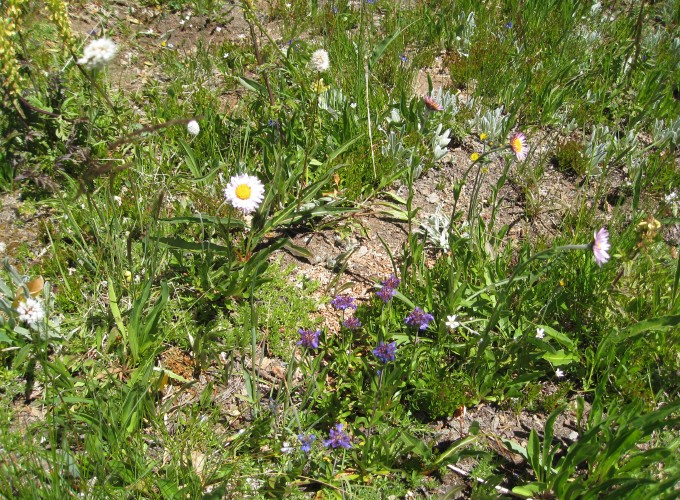 Image credit: Wikimedia Commons
Image credit: Wikimedia Commons
Drivers of plant species richness and phylogenetic composition in urban yards at the continental scale
 Image credit: Wikimedia Commons
Image credit: Wikimedia Commons
Drivers of plant species richness and phylogenetic composition in urban yards at the continental scale
Abstract
Context
As urban areas increase in extent globally, domestic yards play an increasingly important role as potential contributors to ecosystem services and well-being. These benefits largely depend on the plant species richness and composition of yards.
Objectives
We aim to determine the factors that drive plant species richness and phylogenetic composition of cultivated and spontaneous flora in urban yards at the continental scale, and how these potential drivers interact.
Methods
We analyzed plant species richness and phylogenetic composition of cultivated and spontaneous flora of 117 private yards from six major metropolitan areas in the US. Yard plant species richness and phylogenetic composition were expressed as a function of biophysical and socioeconomic variables and yard characteristics using linear mixed-effects models and spatially explicit structural equation modeling.
Results
Extreme temperatures largely determined yard species richness and phylogenetic composition at the continental scale. Precipitation positively predicted spontaneous richness but negatively predicted cultivated richness. Only the phylogenetic composition of the spontaneous flora was associated with precipitation. The effect of lower temperatures and precipitation on all yard diversity parameters was partly mediated by yard area. Among various socioeconomic variables, only education level showed a significant effect on cultivated phylogenetic composition.
Conclusions
Our results support the hypothesis that irrigation compensates for precipitation in driving cultivated yard plant diversity at the continental scale. Socioeconomic variables among middle and upper class families have no apparent influence on yard diversity. These findings inform the adaptation of US urban vegetation in cities in the face of global change.